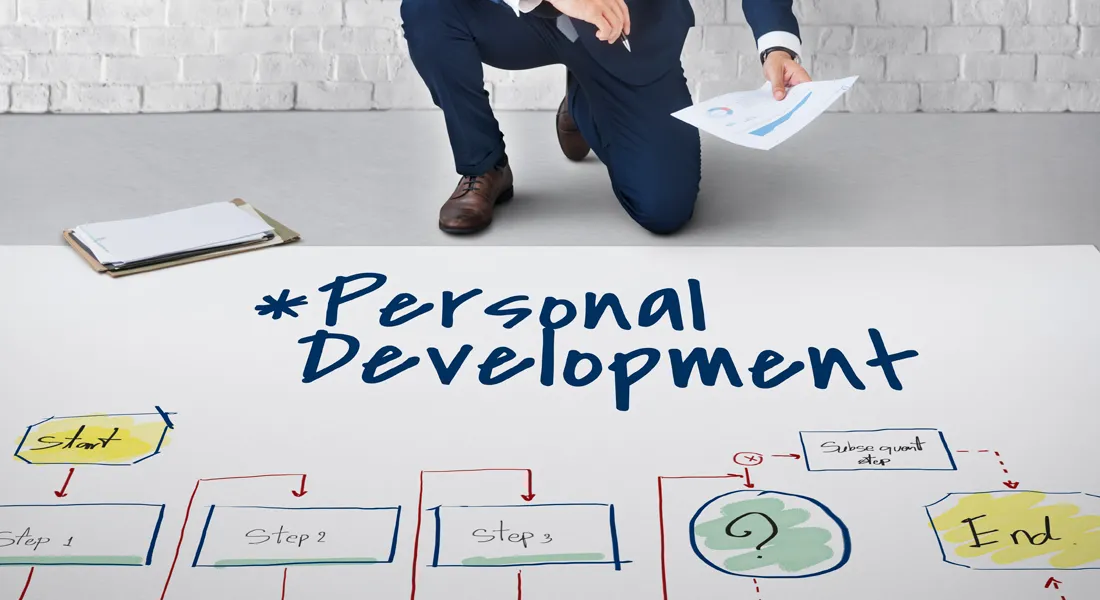

An ERP system will help you to become more efficient, a game changer for your business operations and, in the long run, will improve profitability. Although the success of your ERP implementation does not depend only on the ERP system, it does depend on careful planning, a strategic approach and commitment from all stakeholders. If you are looking into an ERP system in Saudi Arabia or the best ERP system in Saudi Arabia, it’s important to understand the critical success factors, as you want to make sure that the system is going to deliver maximum value to your business.
When choosing an ERP in Saudi Arabia, there are two things to pay attention to, they must complement local regulations, fulfill local industry standards and solve your specific business needs. The right plan and strategy will help your ERP implementation transform your operations, improve decision making and provide your business with the competitive edge it needs. In this article, we’ll discuss the top nine success factors for an effective ERP system implementation to help you get off on the right foot.
A successful ERP implementation depends on strong executive support. Resources have to be given by the leaders, goals have to be defined and they have to be involved in the project. Without this assurance, the project may remain idle, project may go astray, or may not possess adequate resources. It also encourages employees to accept change if a senior management is involved. A good leadership team helps the company stay on track with its long term goals, handles challenges proactively, and keeps the project on track for success.
Key Actions:
The right ERP system is critical to your implementation’s success. It should be the system that is chosen because it will fit within your budget, meet your specific business needs and will be scalable for the future growth needs. It’s tempting to choose the most popular or expensive option, but you need to assess the system on cost, flexibility, industry requirements and integration with existing tools. Selecting the right fit for your business will help you have a smooth transition and long term success.
Key Considerations:
Aligning your ERP system is crucial to your company’s operations and SMEs are key in getting there. Their job is to map business processes, make them right for the new system, and work in sync with the end business goals. This input allows for system customization refinement, training and post implementation support. By getting SMEs involved from the beginning, the ERP system will be set up correctly, and it will actually meet business requirements, which will result in a smoother implementation.
Best Practices:
However, a smooth transition requires the capability of an ERP implementation partner. They have the experience to customize the system to your business processes, to your business, and will give you support pre and post implementation. A trusted partner guides the entire process through change and over hurdles. Look for a partner that already has a proven track record in your industry, understands your exact challenges, and is willing to stick around to ensure the system really delivers on its potential.
What to Look For:
Only when your team is ready to use the ERP system it is successful. Training and motivation are key factors in getting the system as widely used as possible. Early involve users, provide role specific training, and make it a supportive environment with employees that feel comfortable using the system. Early adopters within your organization are going to inform you of what works and what doesn’t, and will help create a positive attitude towards the new system and encourage adoption throughout the organization.
Training Tips:
A successful ERP implementation is achieved only through effective project management. The entire process should be managed by someone in the role of a dedicated project manager, who by doing so manages to coordinate between all the stakeholders engaged in it. Regular monitoring of project milestones allows you to see if something is going wrong before it gets out of hand. Also, with the clear goals and deadlines, team stays on track and focused and project progress remain aligned with the work of the business. Management of delays and success of project needs some proactive management & clear communication.
Project Management Best Practices:
One of the most important steps for the ERP implementation is mapping your business processes. It consists of documenting the currently effective work processes to enumerate the areas that may require improvement or additional process. This process guarantees that ERP system will fit your business and operations perfectly. Once the processes are mapped, that mapping needs to be extensively tested. Testing lets you find and fix problems before you go live so your ERP transition is smooth.
Steps to Ensure Alignment:
One of the most difficult parts of an ERP implementation is data migration. It is important to clean, accurate and map data before migration to avoid problems after implementation. Data cleansing and mapping will be done properly to be sure that your new ERP system will run properly with accurate data. How important is it to test the migration process before going live to see that everything flowed without any data discrepancies, which will affect operations and decisions.
Key Steps for Migration Success:
A very important step to at least keep the ERP implementation on the right track is to establish a realistic budget and timeline. The stress and project delays that result from many projects failing because of underestimated costs or missed deadlines. Make sure your budget addresses the purchase of the software, whether or not you are going to customize it, if it needs to be trained how to work, and the maintenance that it requires over the long haul. It is important to set realistic milestones and timelines with buffer time for the unexpected challenges, not the other way, rushing phases which are important to you, and slowing down the implementation quality.
Budget and Timeline Tips:
In conclusion, the implementation of an ERP will be successful when planned carefully, led by strong leadership, and you find the right partners. How your business makes the most of its ERP system in Saudi Arabia depends on key success factors such as executive support, the right ERP system, and comprehensive training for users. Remember that you need to have a scalable, customizable and compliant with local regulations system so your operations will work smoothly and efficiently as your business grows.
If you are looking for ERP software in Saudi Arabia, make sure you follow these nine critical success factors to get the most out of your investment. An approach with thought will not only make your business more efficient operationally, but also keep your business competitive and ready to face future challenges. Whether it is a new ERP system or an upgrade to an existing one, these success factors will help you get there without a hitch.
Comments are closed